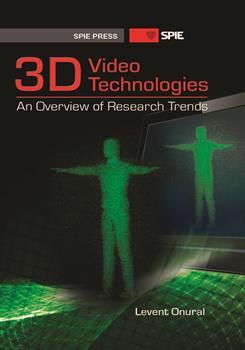|
In this chapter, an overview of techniques available in the past and at present in the field of 3D imaging and visualization are presented. The purpose is to give the reader a clear idea of the basic principles of different techniques, their evolution in time, and the advantages and problems of each in a comparative manner. Although 3D imaging and visualization technologies are commonly considered to be the most novel, recent, and advanced form of visual content delivery, 3D photography, cinema, and TV actually have a long history. Surprisingly, stereoscopic 3D versions of these common visual media are almost as old as their 2D counterparts. Stereoscopic 3D photography was invented as early as 1839. The first examples of 3D cinema were available in the early 1900s. Various forms of early 2D television were developed in the 1920s, and by 1929, stereoscopic 3DTV was demonstrated. Commercial stereoscopic products also emerged in this era. However, while the 2D versions of photography, cinema, and TV have flourished to become an important component of twentieth century culture, their 3D counterparts have almost disappeared after many peaks of temporary success. For example, stereoscopic 3D cinema had a peak around 1950. |
|
|


